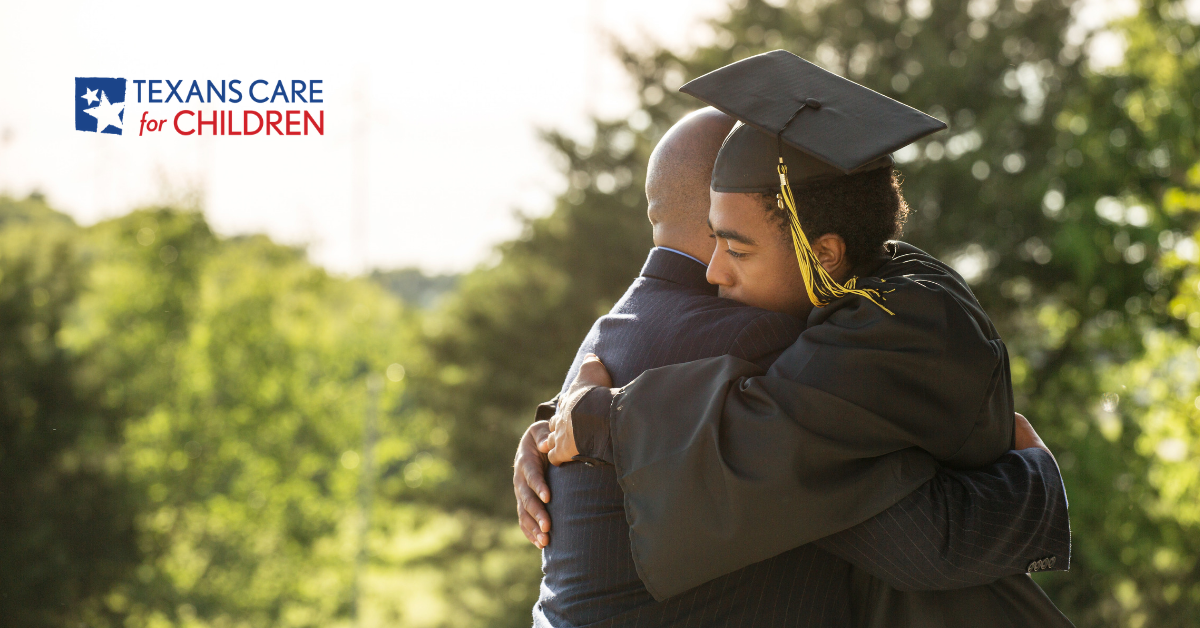This commentary originally appeared in the Austin American-Statesman.
At the state Capitol this year, Texas lawmakers are grappling with challenging and wide-ranging questions, including:
How do we give students the support they need to succeed in the classroom? How do we support teachers? How do we improve student behavior rather than suspending kids over and over?
They are also asking: How do we keep our schools safe? How do we prevent youth suicide? How do we support children with intensive mental health challenges?
Part of the answer to each of these questions is student mental health support in our schools. It’s an approach that is gaining momentum this legislative session through a series of bills as well as a smart Texas Education Agency (TEA) proposal currently funded in the House budget bill.

The truth is, these important state efforts to support student mental health are playing catch up with a number of school districts around the state. More school districts have realized that sometimes the best way to help a student succeed in her math class, for example, is to offer to connect her with a therapist who can help her work through the anger she struggles with following the death of her mother. They’ve realized that helping students, teachers and administrators develop the skills to manage conflict, anger or anxiety can often improve learning and behavior more than a tutor or a trip to the principal’s office.
And they’ve realized that the brain science of childhood trauma plays out every day on their school campuses for children who have experienced abuse, a natural disaster or the death of a loved one. Children exposed to multiple or ongoing traumatic experiences — especially if they lack supportive relationships, healthy coping skills and other “protective factors” — run a greater risk of prolonged high levels of cortisone disrupting the frontal cortex’s capacity to make decisions and control emotions and behavior.
That’s why staff at “trauma-informed” schools are using strategies for helping their students learn and behave appropriately in spite of the trauma they’ve experienced. And the adults in these schools are trained to make sure they don’t retraumatize children by deploying ineffective discipline practices that escalate conflict rather than deescalating it.
Furthermore, the reality for many kids is that if they don’t get professional mental health support at school, they won’t get it at all. Simply put, school is where kids spend their time, where challenges become apparent, and where it’s easiest to connect them with support.
For instance, consider that in Texas nearly one out of every eight high school students attempted suicide in 2017, according to disturbing CDC data. Many of these students, and other kids who could go down a path of destructive behavior, do not receive a diagnosis for psychiatric treatment until after something goes wrong. But school-based support can help these students earlier by focusing on “smaller” mental health challenges before they grow into bigger ones. And for those children who are diagnosed with more intensive needs and receive psychiatric treatment outside of school, a supportive school climate is an important complement to that treatment.
In other words, strategies to support student mental health in school are a win-win, helping Texas reach its education goals and its mental health goals.
As more school districts seek to support the mental health of their students, many will need guidance on selecting the right strategies and resources to implement them. By supporting the TEA proposal and student mental health bills, the Legislature has a chance to give school districts that support and answer many of the tough questions it’s grappling with this session.



